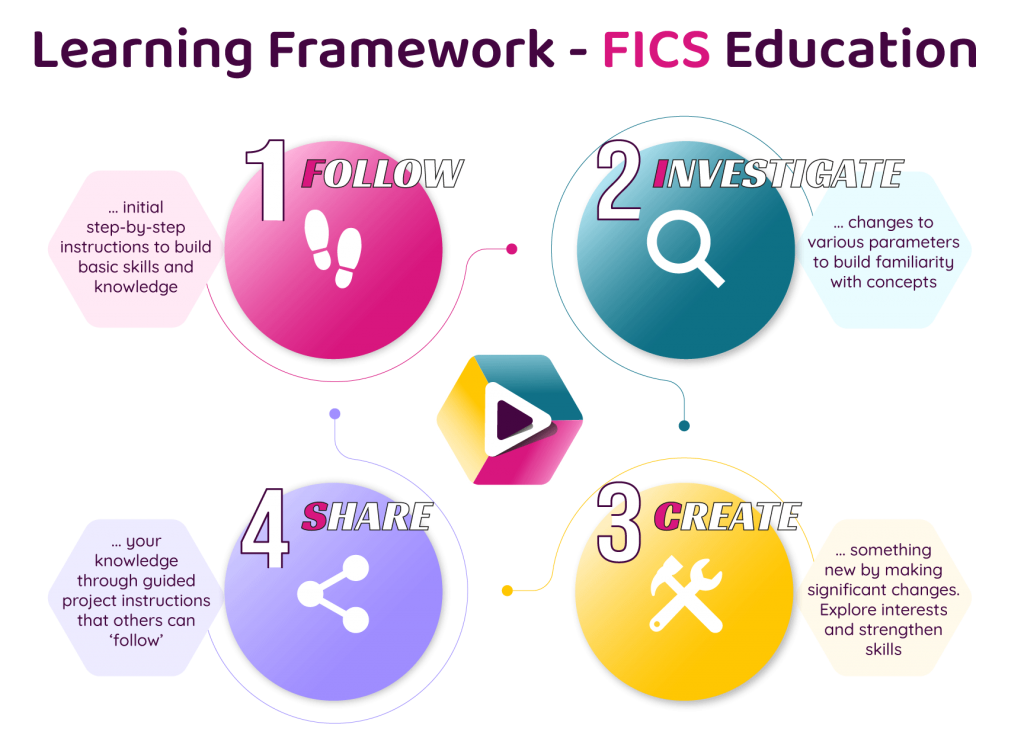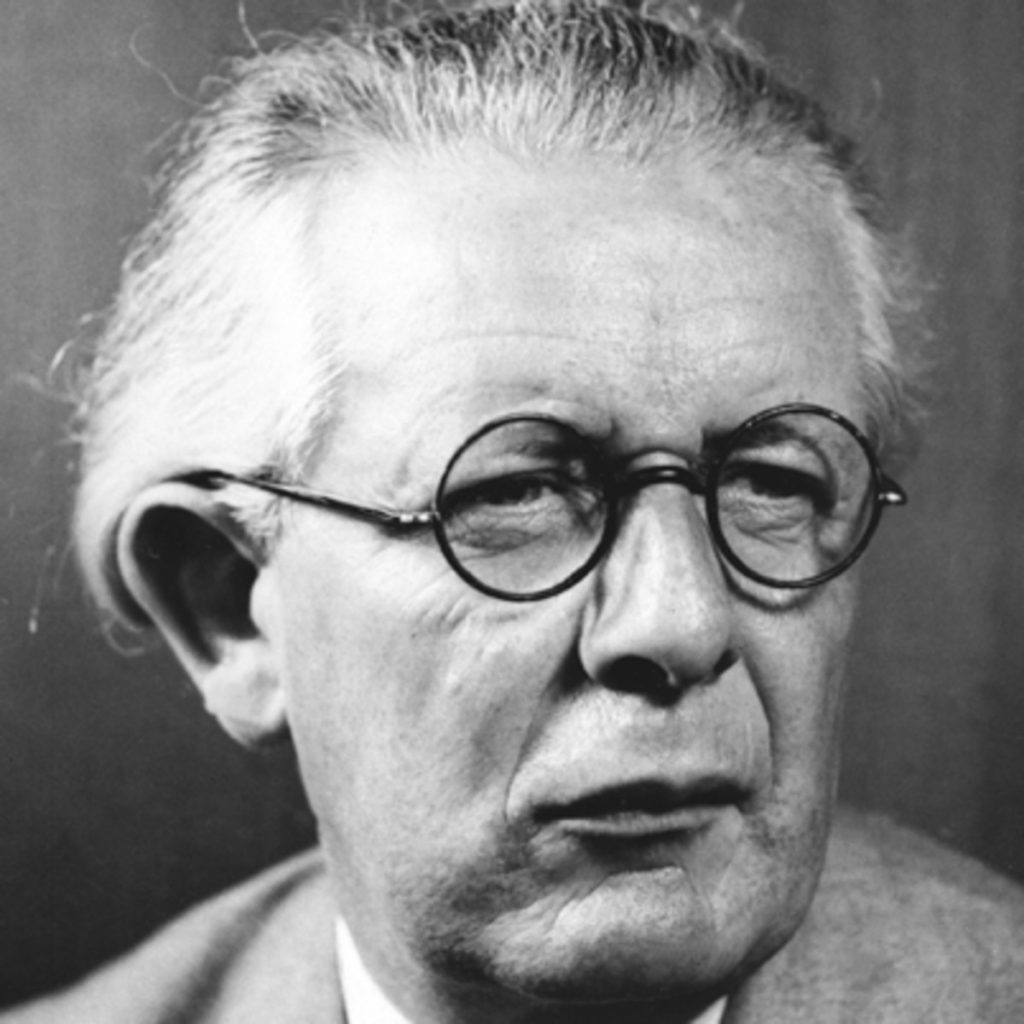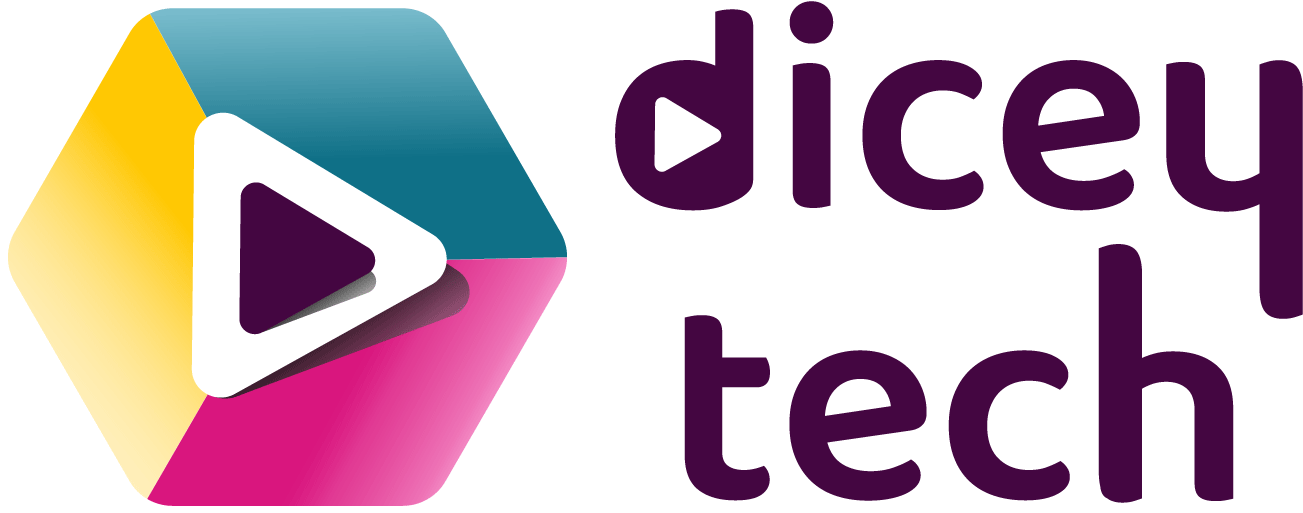“The role of the teacher is to create the conditions for invention rather than provide ready-made knowledge”
Seymour Papert

Project-Based Learning and Constructionism in STEM
Our approach to education takes a constructionist view. We believe that people, regardless of age, learn best when they are actively engaged in projects that spark their curiosities.
Projects allow for interdisciplinary learning in an applied way. Designing and building a drone, a hydroponic garden, or a musical instrument, all involve understanding physical and theoretical concepts, some technical skills, and human skills. Our focus is therefore on project-based learning, where students use software and hardware tools to create virtual and physical objects.
This multi-sensory experience creates more engagement, reinforces connections, and amplifies learning. Students are tasked with solving problems rather than using rote memory and regurgitating facts. Teachers also become coaches and mentors rather than gatekeepers of knowledge. Often, these projects reveal interesting and new aspects for teachers to learn as well, creating an overall collaborative learning environment in every classroom.
Through shaping project contexts, we can also guide learning outcomes towards developing technical and human skills, as well as knowledge about different subjects, industries, and careers.
Although technology forms part of the fabric of everything we do, we believe that learning is a personal, intimate, and, inherently, a social endeavour – with people at the heart of it. We learn best when we ask questions and share our understanding with others.

Our Learning Framework forms the basis of everything we do. We call it FICS Education and it consists of four stages: Follow → Investigate → Create → Share. This means that once a project brief is set, students gain access to step by step instructions, which they Follow to build a basic version of the project and learn basic skills. In the next stage, students are prompted to Investigate, asking questions and changing parameters to build familiarity and confidence around the topics. The next step is where most of the learning occurs. In the Create section, the project brief changes and students are tasked with creating fundamental modifications or completely new projects altogether. Finally, students Share their work and learning through various means, including presentations, pitches, and even creating instructions for other students to follow and take on their projects even further.

“The principle goal of education should be creating men and women who are capable of doing new things, not simply repeating what other generations have done”
Jean Piaget

